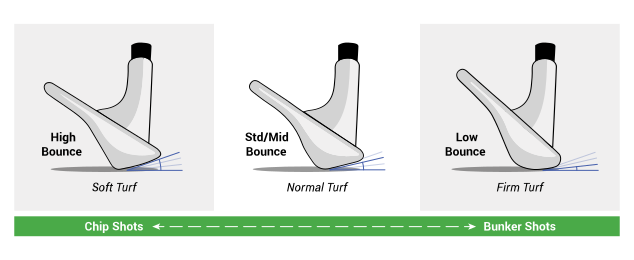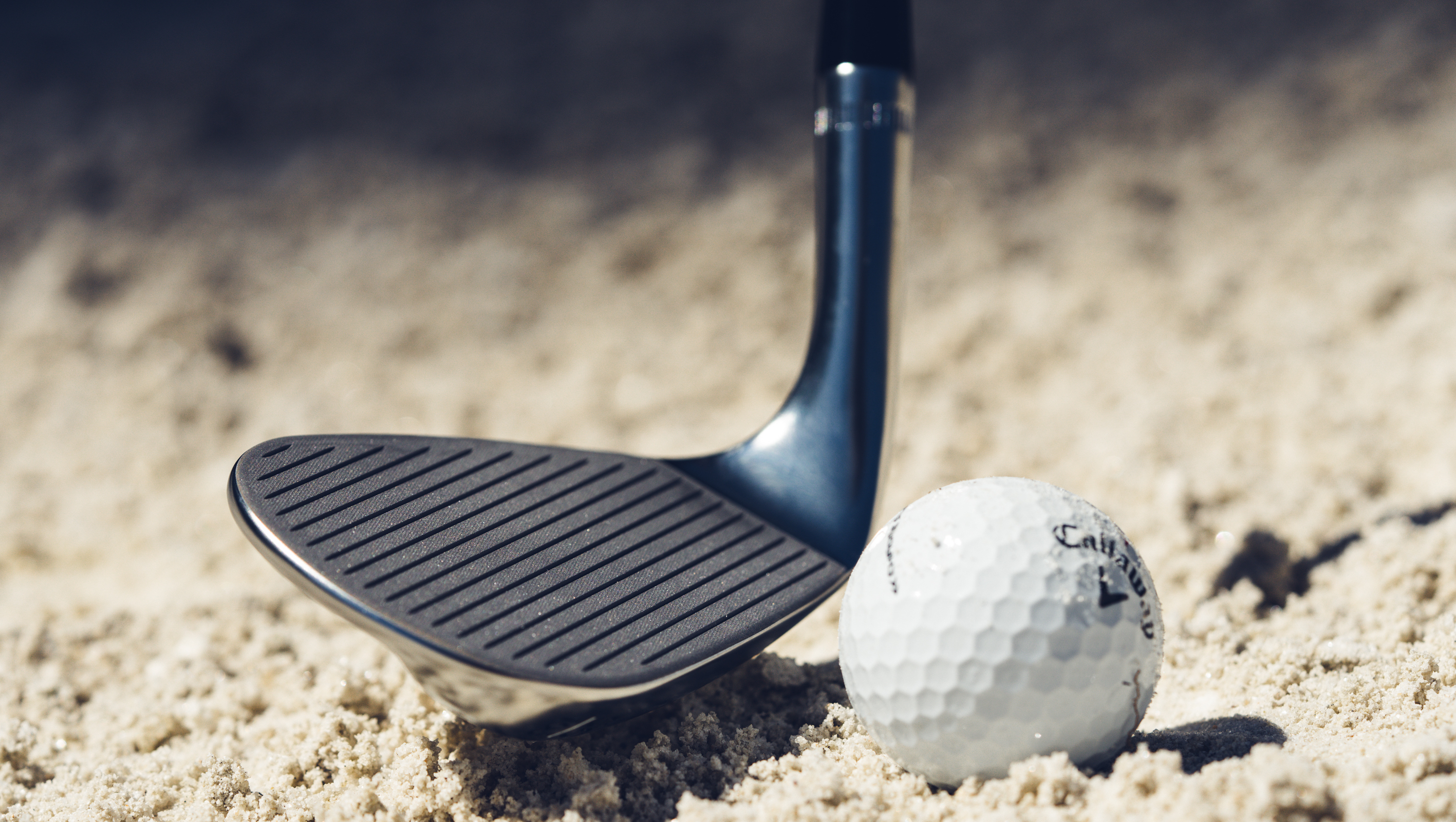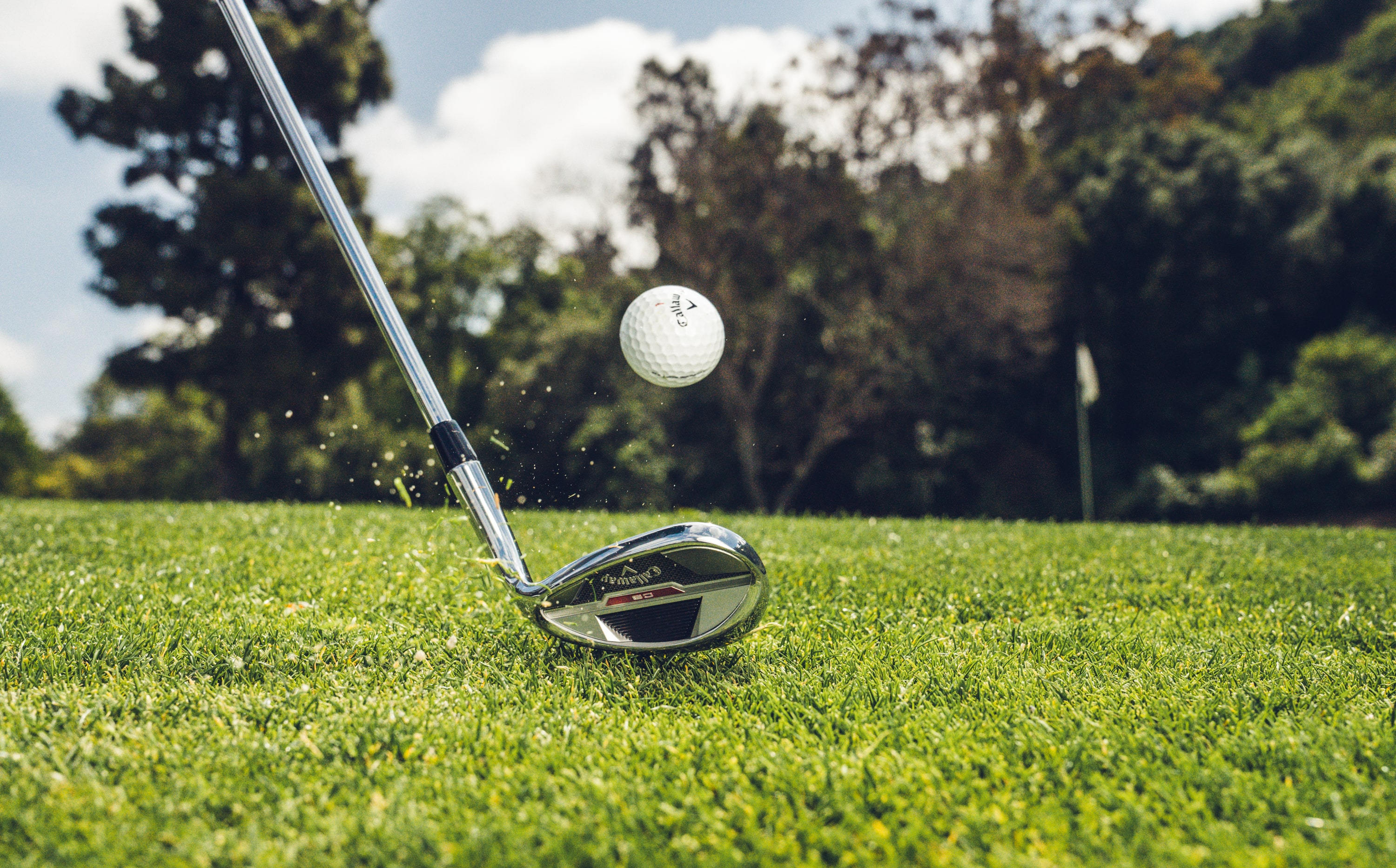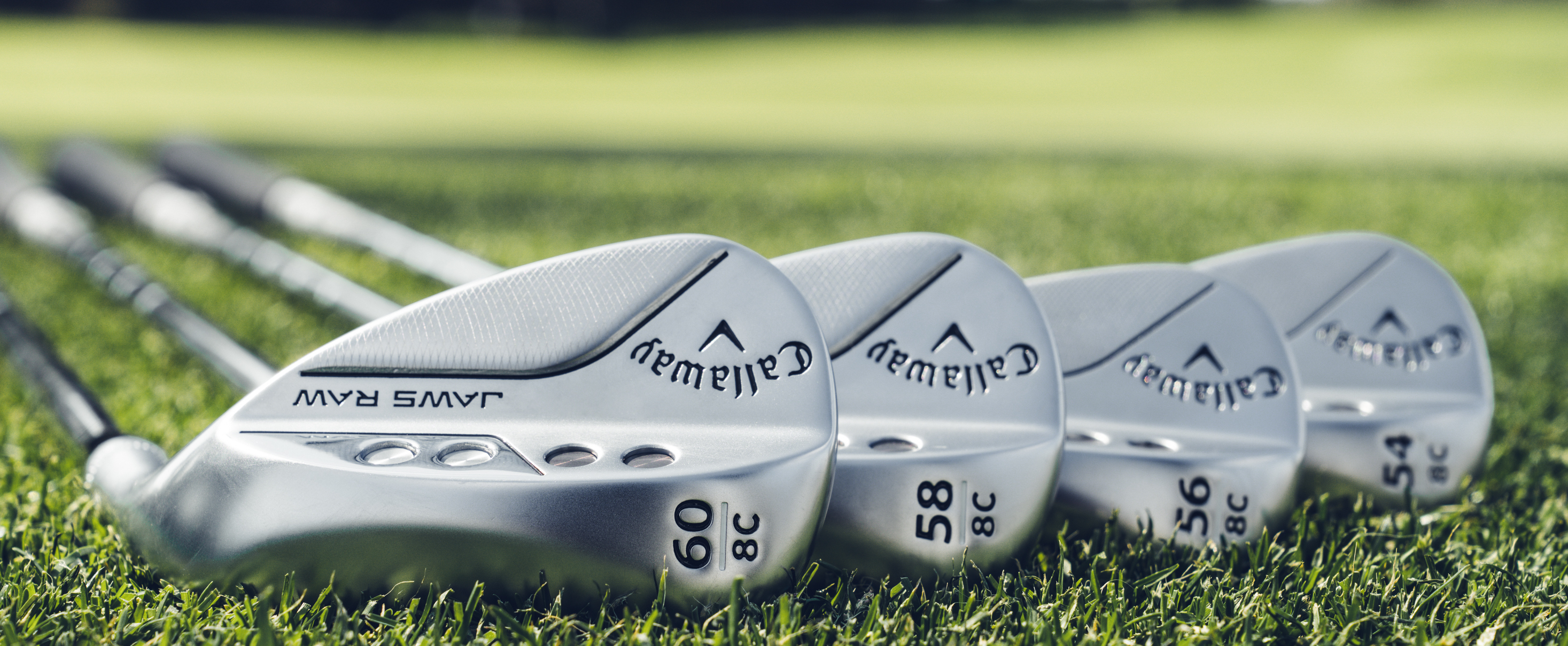Golf Ball Buying Guide (2024)
Incorporating the right golf clubs and techniques into your game is important. However, if you don’t pair those clubs and strategies with the right golf ball, you may miss out on the many benefits. Not every golf ball is the same; to play your best, the golf ball you choose should match your game. Golfers spend a lot of time working on accuracy, distance, and ball flight, and much of that can be optimized by having the right golf ball in place.
What is a Wedge?
Before getting into the wedge buying process, let’s define what a wedge in the first place. In golf there are a few main types of clubs; drivers, fairway woods, hybrids, irons, wedges, and putters. Drivers and fairway woods are the longest clubs in the bag with the lowest amount of loft. Irons are longer than wedges, have less loft, go longer, and are used for a variety of shots. But there are some key differences between wedges and irons:
- Wedges have shorter shafts, making them easier to control.
- Wedges have more loft than irons which produce a higher launch.
Most iron sets only come with one or two wedges - a pitching wedge and sometimes a gap wedge (also known as an approach wedge). This means you will probably need to add 1-2 individual wedges to complete your set of 14 clubs. Unlike buying a set of irons, there are more aspects of wedges including loft, bounce, sole, grooves, length, finish, and more. Let’s get into each aspect in detail so you can buy wedges with confidence for a stellar short game.
Wedge Loft
The first thing to consider when buying wedges is the loft. In the past, wedges were pretty standardized in terms of loft. For example, most pitching wedges were 46 degrees and most sand wedges were 56 degrees.
But as iron technology has changed, golf club manufacturers can make lofts stronger without negatively impacting launch angle. This means that wedge lofts need to adapt with stronger lofted irons so there are not big distance gaps in your game.
There are four types of wedges; pitching, approach (gap) , sand, and lob. We’ll review the loft of each in detail below so you can gap your wedges perfectly with the rest of your iron set.

Wedge Grooves
The grooves are another important part of wedges as they help produce spin and add control on shorter shots into and around the green. This is why it’s important to replace your wedges more often than irons or woods as fresh grooves will help create more spin. There are two types of wedge grooves; normal and full-face.

A normal wedge groove design possesses grooves that are only on the center of the face. A full-face groove design extends the grooves across the entire face to add more control and forgiveness. In addition, you can also choose different finishes for your wedges as well.
Length of Wedges
As mentioned earlier, wedges are shorter and easier to control than irons. These clubs typically range from 35 to 35.75 inches in length, which is similar to a putter length. However, if you have shorter or longer irons than standard length, it’s important to also shorten/lengthen wedges for a seamless transition.
Full Toe vs. Standard
Additionally, there are full toe wedges, like our Jaws Raw Full Toe Wedges, that are different from “normal” wedges. The full toe shaping inspires confidence at address and helps deliver more control on all types of wedge shots. This makes the wedge more versatile and great for hitting out of bunkers.
Wedge Bounce & Sole
Another component of wedges is the bounce, which plays a big role in helping you get the most out of your short game. Bounce is the angle between the leading edge of the club and the trailing edge; this area “bounces” as it makes contact with the golf ball.
Players need to use different amounts of bounce to match swing types and course conditions.
For example, for soft course conditions, more bounce is helpful to prevent the leading edge from dragging too much. On the contrary, less bounce is needed for firm course conditions to make clean contact with the ball from tight lies.

Wedge bounce should match your swing type (steep, moderate, or shallow) for optimal contact. High bounce is better for players who take deep divots, while less bounce is great for players who have more of a sweeping swing and smaller divots. Wedge bounce ranges from 4 to 14 degrees, depending on type of wedge, manufacturer, and grind.
Wedge Grinds Explained
Wedge grind helps improve contact with the turf for more consistent strikes. Simply put, different types of swings and course conditions work better with different grinds and bounce. Luckily, you don’t have to think too much about wedge grind as we make it easy. Callaway Golf offers six grinds to fit all types of players, swings, and course conditions.
Here is a quick recap of the different grinds to help make your buying decision easier:
C-Grind (8 degrees of bounce): This is a popular grind among our Tour players and elite amateurs who love hitting different types of greenside shots. The leading edge stays low, even when you open the face for all types of greenside shots.
J-Grind (10 degrees of bounce): This is only offered on our full toe wedges to help expose the generous amount of bounce. It’s ideal for players who want more forgiveness out of the bunker and who like to open the face around the green.
Z-Grind (8 degrees of bounce): This grind has an aggressive leading edge that acts as a skid plate for better turf interaction. It also reduces digging and is ideal for players who like to open the face around the greens.
S-Grind (10 degrees of bounce): This is our most versatile and most common option as it is great for a variety of conditions (firm, soft, or normal) as well as different shot types and swings.
W-Grind (12 degrees of bounce): This is our widest and most forgiving sole grind. It promotes skidding and reduces digging and is ideal in soft course conditions or players with a deep divot.
X-Grind (12 degrees of bounce): This grind has a high-bounce sole with more heel and toe relief. The high bounce helps moderate steep angles of attack on medium to soft course conditions.
Different Types of Wedges in Golf
Now that you know more about wedge bounce, grinds, and loft, what are the different wedges in golf anyway? There are four main types of wedges for golf to complete your set of clubs. Let’s review each to see which one you might need (or need to upgrade) to fill any gaps in your set.
Pitching Wedge
The first wedge that comes stock with pretty much every set of irons is a pitching wedge (PW). These clubs have more loft (between 42–48 degrees) than a 9-iron and are used for full shots and some chip shots as well.
It’s common for most everyday golfers to use a PW that matches their set of clubs. But more skilled golfers might opt to use a different PW that matches the rest of their wedges, not their irons. These provide more shot shaping and control from close range.
Approach Wedge / Gap Wedge
The second wedge to consider is a gap wedge, also known as an approach wedge or attack wedge. This club fills the gap between a sand wedge and pitching wedge (hence the name). It has more loft than a pitching wedge (typically between 49–53 degrees) and slightly shorter shaft length.
An AW/GW is a very beneficial club as you can use it for all types of shots including chip shots, long bunker shots, approach shots and more. This wedge might come with a set of irons or you can buy them separately.
Sand Wedge
The third wedge that is used by most golfers, both pros and amateurs, is a sand wedge. Despite the name, a sand wedge (SW) is used for a lot of shots, not just hitting from the bunker.
A sand wedge is shorter than a gap wedge and has more loft - typically between 54–58 degrees. It’s a very versatile wedge that works for full shots, chip shots, bunker shots, and more.
Lob Wedge
The fourth and final wedge is a lob wedge (LW). This wedge has more loft than a sand wedge, between 60–64 degrees, and is a very versatile club from short range.
A lob wedge is a staple among elite golfers as the high loft can help produce a ton of spin and great for short-sided shots.
Wedge Shaft Flex
While getting the right wedges in your bag is important, don't forget about the right shaft too. You can play the same flex as your irons or one that is slightly heavier for more control.
Here are the general recommendations to help you choose the appropriate shaft flex based on your 6-iron swing speed:
Extra Stiff Flex (X-Stiff): Recommended for 6-iron swing speeds above 90 mph
Stiff Flex: Recommended for 6-iron swing speeds between 80-90 mph
Regular Flex: Recommended for 6-iron swing speeds between 70-80 mph
Light Flex (Senior Flex): Recommended for 6-iron swing speeds between 60-70 mph
Women's Flex: Recommended for 6-iron swing speeds below 60 mph
More often than not these clubs come in a standard “wedge flex” shaft that is designed for a shorter club. Since these clubs aren’t swung at high speeds, feel is more important than flex.
How many wedges should you carry?
The final aspect of buying wedges to consider is how many you should carry. As discussed earlier, iron sets typically only come with a pitching wedge and possibly a gap wedge. This means you’ll need to buy 1-3 more wedges to complete your set.
In general, most golfers have three or four wedges.
Carrying four wedges is more common among better ball strikers who have more scoring opportunities with wedges. Having an extra wedge makes it easier to hit different types of full and partial shots for closer birdie putts.
Mid to higher handicap players tend to only carry three wedges as they have longer approach shots. Instead of carrying a fourth wedge they have an extra fairway wood, utility iron, or hybrid.
Regardless of whether you choose to carry three or four wedges in your set, make sure you gap them properly. The last thing you want is huge distance gaps between clubs that make it more difficult to score well.
For example if your pitching wedge is 46 degrees and your sand wedge is 56 degrees, that’s 10 degrees of loft separating the two clubs. This might correlate to 20-30+ yards separating each wedge, which can leave some awkward shots on the golf course.
Ideally, you want 4–6 degrees of separation between golf wedge types… which results in 10-15 yards gaps.
Start by looking up the specifications of your pitching wedge to ensure proper spacing with the other 2–3 wedges. For example, if your pitching wedge is 46 degrees you’ll want to space your wedges like this:
- Three wedge setup: 46, 52, 58 degrees
- Four wedge setup: 46, 50, 54, 58 degrees
Having equal amounts of loft between wedges will space them better so you have more confidence on all types of distances.
How to Choose the Right Wedges
As you can tell there are a lot of factors that come into play when picking the right wedges for your game. Since these clubs are used for so many shots each round, they’re vital pieces of equipment that help create more short game confidence.
While many golfers dedicate ample time to selecting their ideal driver and irons, they often overlook the significance of wedges. However, at Callaway Golf, we recognize that pairing your irons with the right wedges is a fast way to boost performance and make the short game easier.
Now that you learned about what goes into buying a new wedge golf club and the decisions that are in play, it’s time to pick the set that’s best for you.
Whether you're looking to buy new or pre-owned wedgess, Callaway offers a wide selection of golf clubs, guaranteed to fit any play style. For more help, check out our online wedge selector tool for expert recommendations to improve your short game.


